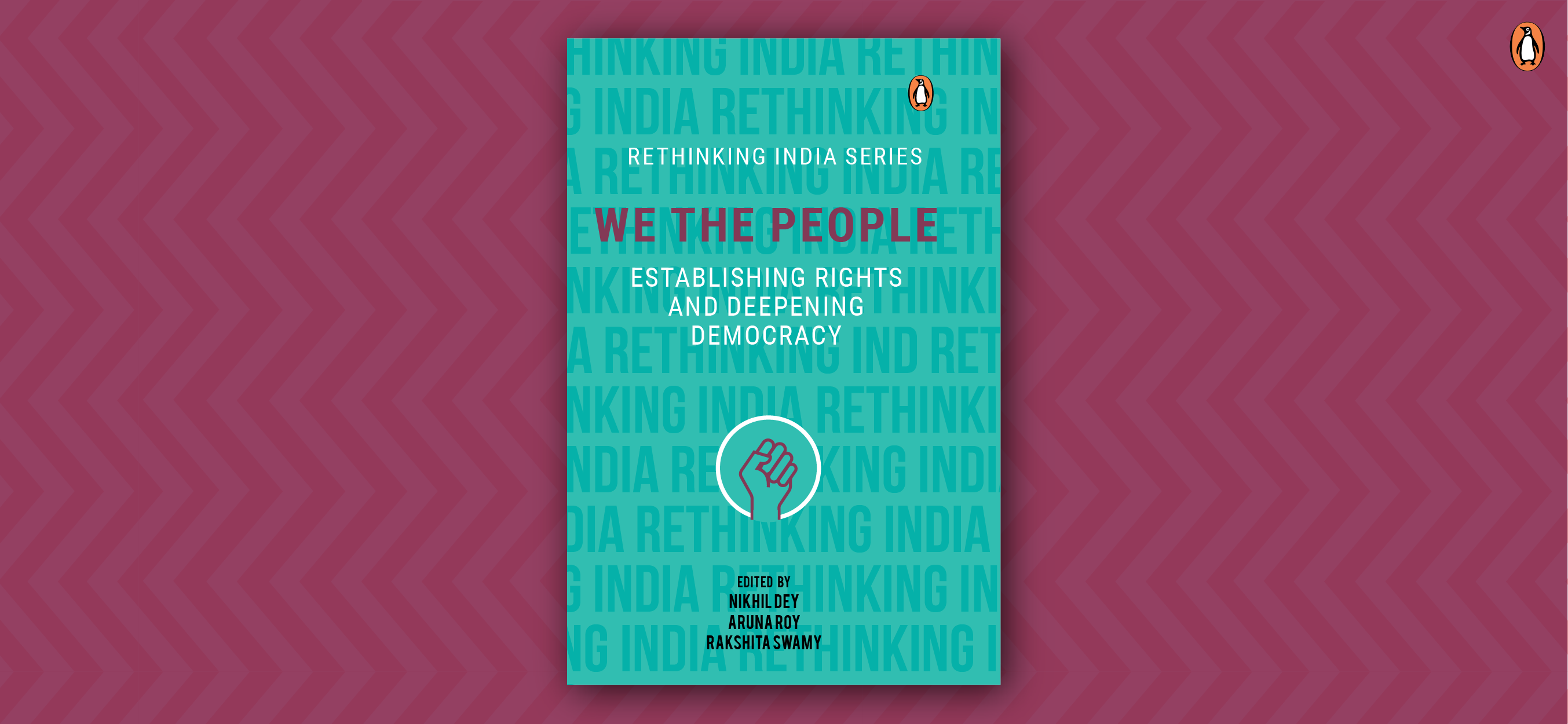A regime of economic rights constitutes a blow against the spontaneity of capitalism. Therefore, this regime cannot be instituted except through struggles, that is, through collective action. Hence, even though the rights may be individually enjoyed, they can come into being only through a collective struggle. The collective struggle of the workers that is needed for achieving a set of individual rights, including above all a set of economic rights, already makes the workers transcend their individualism.
…Furthermore, the unprecedented crisis caused by the pandemic and the lockdown have created both a clear necessity for the state to meet its obligations with regards to these rights, and greater public awareness of the costs of not meeting them. This can therefore provide an opportune moment in which to rethink the social contract between people and the state in ways that would ensure the future realization of these basic rights.
Oxfam released its 2019 inequality report titled Public Good or Private Wealth? during the World Economic Forum at Davos… The fulcrum of the Oxfam report is the trend of growing inequality in the world, which is reflected in the tremendous concentration of wealth amongst a few individuals and a small number of TNCs (transnational corporations). The report says that twenty-six individuals (not surprisingly, all men) have more wealth than the bottom 50 per cent of the global population. Globally, the number of billionaires has doubled since the financial crisis. India has added eighteen new billionaires in the last year, raising the number of billionaires in the country to 119. In 2018, the total wealth of India increased by $151 billion (Rs 10,591 billion). However, the wealth of the top 1 per cent increased by 39 per cent, whereas the wealth of the bottom 50 per cent increased by a dismal 3 per cent.3

According to the India Inequality Report 2018, India is home to 17 per cent of the world’s population; it is also home to the largest number of people living below the World Bank’s international poverty line measure of $1.90 per day… In the chapter titled ‘Grip of Inequality’, in the 2013 book An Uncertain Glory: India and Its Contradictions, economists Jean Drèze and Amartya Sen state that inequality may be rising in the last couple of decades but India has a historical legacy for multiple social inequalities… Drèze and Sen show how caste hierarchies have bred inequality. They look at a 1901 study12 that compared the literacy rates of Brahmins and Dalits. The study showed that in most regions, a majority of Brahmin men were already literate (in Baroda, up to 73 per cent). At the other end of the spectrum was the literacy rate among Dalit women, which was zero in most states. Dalit men achieved a literacy rate of at the most 1 per cent and Brahmin women a maximum of 6 per cent. The data showed a clear gender and caste monopoly of education back then.13
Education and health are central to achieving a dignified life for all. While the Constitution of India now explicitly recognizes the right to education, a number of Supreme Court judgments and the spirit of the Directive Principles of the Indian Constitution imply that the right to healthcare is also something that is accepted… While there have been significant improvements, health and education outcomes in India still remain poor and uneven, calling for continued and greater investments in these sectors with reforms to strengthen the government programmes in a manner such that they deliver.
The crisis in public health became even more apparent in the wake of COVID-19, which exposed the huge gaps in health infrastructure and access to personal protective equipment (PPE), staff, test kits and so on… Health allocations have been historically low, with currently only about 1.4 per cent of GDP being allocated to health, while the National Policy on Health, 2017, makes a commitment of spending 2.5 per cent of GDP on health by 2025.2 The Union government’s spending on health as a percentage of the GDP reached an all-time low in 2015–16, even lower than in the much-tainted early 1990s.3 Given such a low base, the Government of India announced only an additional Rs 15,000 crore (~0.1 per cent of GDP) in March 2020 for COVID-19 emergency response and health system preparedness.
[In Kerala, redistributive] measures—such as land reforms, collective bargaining for higher wages and public provisioning of education, healthcare, food and social security and so on—ensured that the average citizen is assured of the basic needs that uphold human dignity… Access to government schools and hospitals was given to all sections of society, even in the first quarter of the twentieth century. Rights-consciousness among the backward classes, inculcated by social reform initiatives, enabled them to fully utilize these opportunities.
It was against such a background that the People’s Plan was launched in August 1996… The People’s Plan approach consciously embodied the spirit of rights-based development… Most of the people-related functions such as health, education, women and child development, SC/ST development, agriculture-related development, poverty alleviation, the provision of basic needs like housing, sanitation, water supply, etc. were entrusted to local governments at the cutting-edge level—village panchayats, municipalities and corporations.
[…] The big lesson from Kerala is that the potential for participatory rights-based development is real and achievable in local governments. But nothing is ‘per se’ or ‘ipso facto’; there is a need for proactive policy by the government, which has to be translated into purposive processes and procedures with active involvement, support and guidance from the fraternity of believers in democratic decentralization, inclusion and participatory development from all sections of the society.








